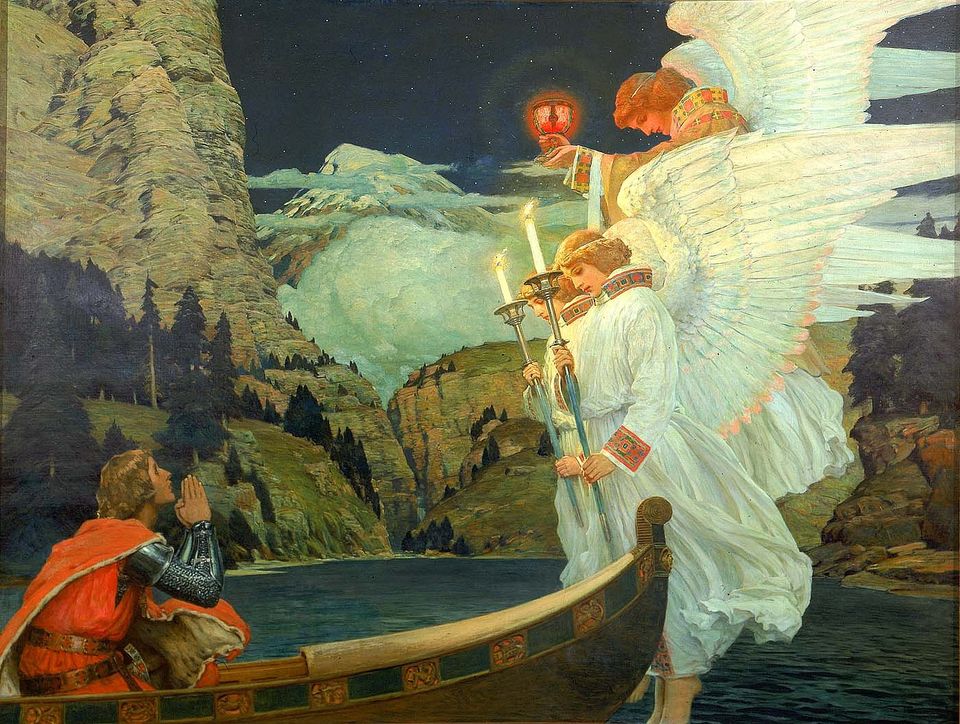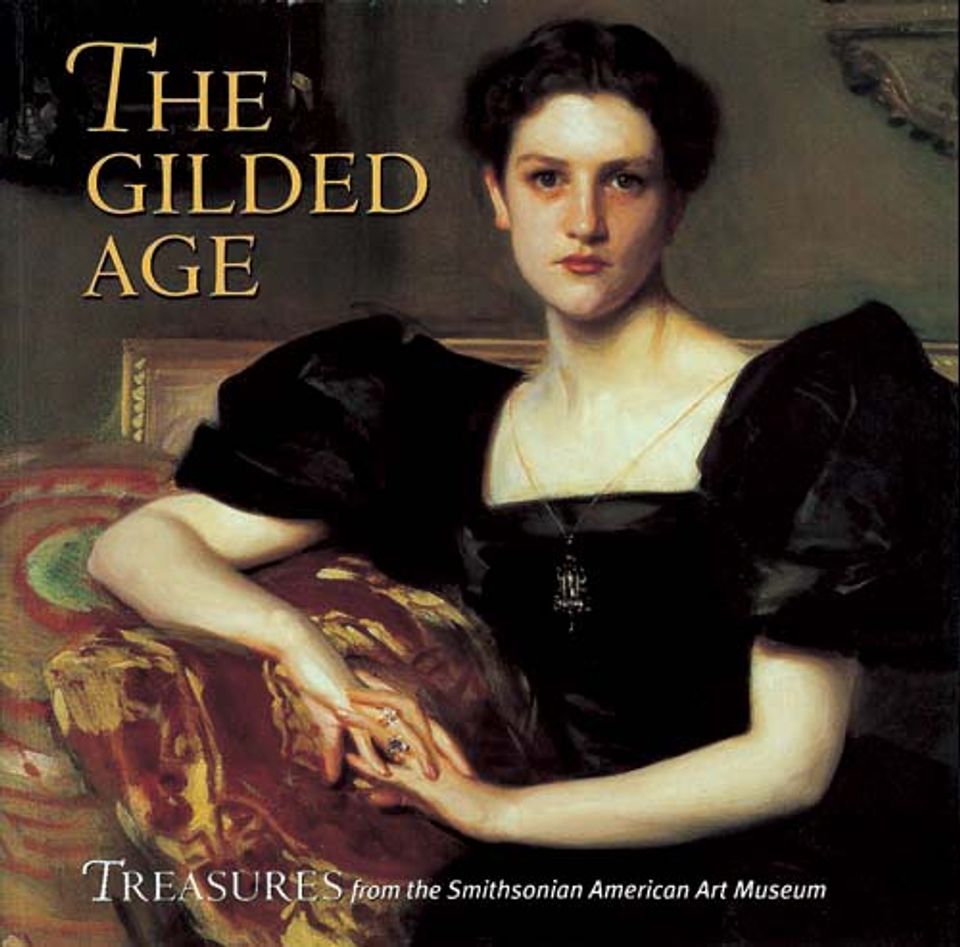Abbott Handerson Thayer

- Also known as
- Abbott H. Thayer
- Abbott Thayer
- Born
- Boston, Massachusetts, United States
- Died
- Dublin, New Hampshire, United States
- Active in
- New York, New York, United States
- Scarborough, New York, United States
- Biography
Painter, best known for his idealistic and allegorical paintings of women as angels and madonnas. His interest in color and nature led to his writing Concealing Coloration in the Animal Kingdom (1909), the basis for camouflage techniques in World War I.
Joan Stahl American Artists in Photographic Portraits from the Peter A. Juley & Son Collection (Washington, D.C. and Mineola, New York: National Museum of American Art and Dover Publications, Inc., 1995)
- Artist Biography
Abbott Thayer: The Nature of Art
Abbott Handerson Thayer, is recognized today for his ethereal angels, portraits of women and children, landscapes, and delicate flower paintings. A New Englander who expressed the spiritual in much of his work, he was known as a "soul painter." In his own time, his work was praised by critics even as it was popular with the public and sought after by collectors.Thayer's World
Thayer was born into a distinguished Boston family. In the 1880s and 1890s he was a leader in the New York art world. While he carried on a lively trade in portraits, he also began to paint allegorical figures, which had gained popularity among collectors with a taste for subjects from classical antiquity and the European Renaissance.In 1891, his first wife Kate Bloede Thayer died; her loss changed Thayer's art and his outlook on life in virtually every respect. Her family, intellectually and artistically distinguished German émigrés, had introduced Thayer to the romantic world of literature, music, and philosophy. The spiritual and idealist aspects of German philosophy, and its American counterpart in New England, transcendentalism, provided consolation. This idealism also prompted him to paint extraordinary figures that seemed to embody the perfection of beauty.
In 1901, Thayer left New York and settled in Dublin, New Hampshire, joining a colony of artists, writers, scientists, and cultural figures living at the foot of Mount Monadnock. Rejecting the commercialism and the hectic pace of urban life, he built a family compound within the Dublin colony. He married his long-time friend, Emma Beach, and with his three children, they lived and worked in a complex of studios, barns, houses, gardens, and unheated sleeping huts. During this time he turned to more contemplative and even enigmatic subjects: portraits of close friends and family, meditative views of Mount Monadnock, and a series of angels.
An Amateur Naturalist
Thayer was an amateur naturalist and a passionate bird-lover. He believed that his professional training in color, value, and design, combined with observation of nature, gave him the tools to understand how animals disguise themselves from predators. He devoted considerable time and energy to defining, promoting, and defending his ideas on the subject.Thayer developed a love for the mountain that overlooked his studio. Through his efforts to protect the forests on the slopes of Mount Monadnock he became a staunch conservationist. To support that work, he founded the Thayer Fund which, through the National Audubon Society, paid for wardens to protect bird sanctuaries up and down the east coast.
Richard Murray Abbott Handerson Thayer exhibition (Washington, D.C.: National Museum of American Art, 1999)
Luce Artist BiographyWhen Abbott Handerson Thayer turned eighteen, his family moved from Keene, New Hampshire, to Brooklyn, where the thriving art and literary scene fed his imagination. For a time Thayer studied in Paris, and soon after his return to New York his career prospered. But his wife, Kate, suffered from extreme depression, and Thayer struggled to sustain his inspiration without her emotional support. The loss of Kate remained a source of sadness and he looked for strength in his children, whom he painted as allegorical and religious figures. The family moved to Dublin, New Hampshire, where Thayer painted outdoors and wrote articles for professional journals on his theories of animal camouflage. In 1909 he coauthored with his son, Gerald, a book that became an important resource for camouflage techniques during World War I. (Murray, "Abbott Thayer's Stevenson Memorial," American Art, Summer 1999)
















